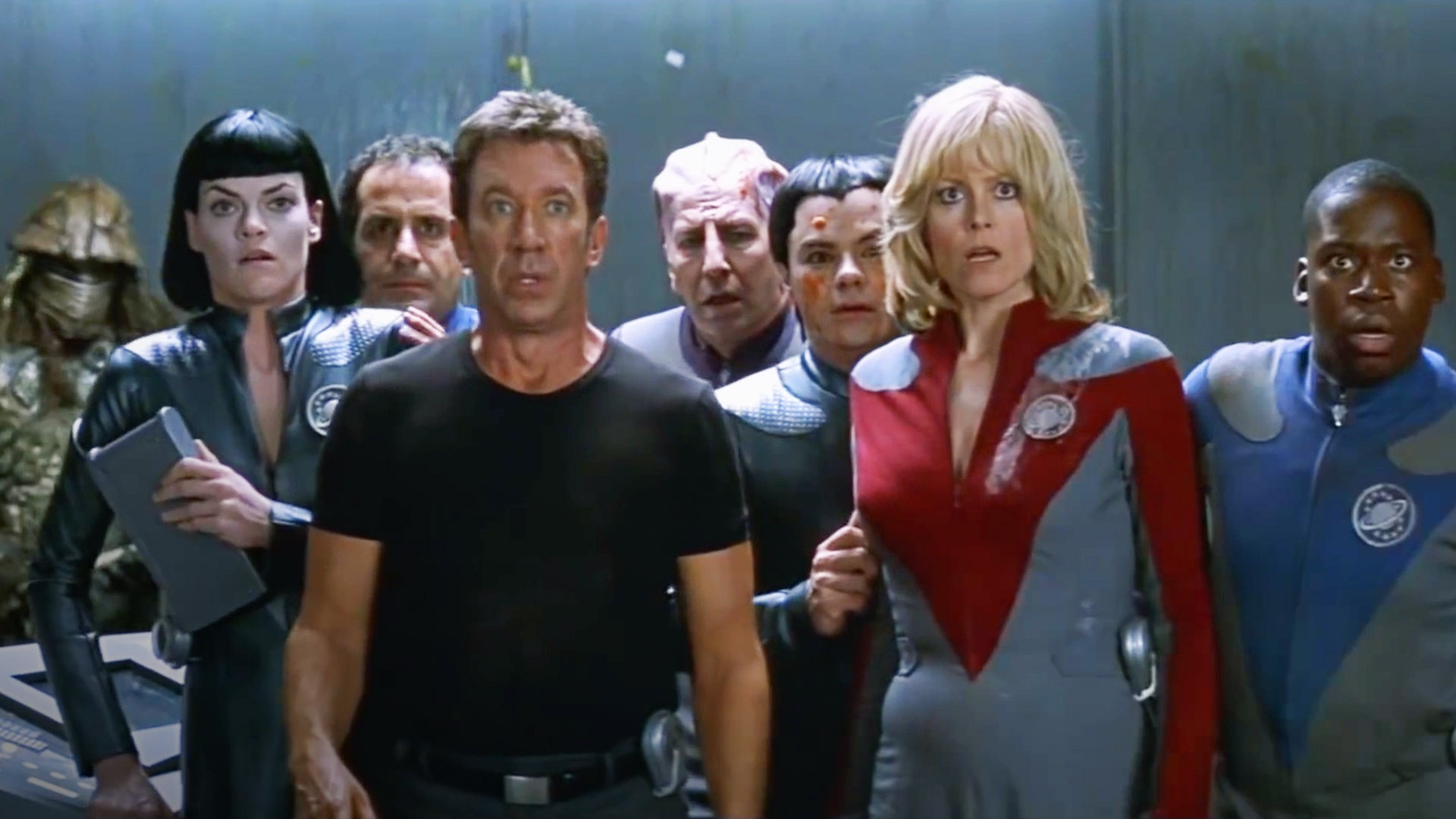And as far as I can tell, none have apologized since then.
Friday, December 5, 2014
Mars One -- libertarian ideology, ddulite fantasies and the decline in journalistic standards
There is a lot to complain about in the coverage of science and technology and, God knows, I do my share of bitching about the way the NYT et al. report on topics like driverless cars. Just to be clear, though, my complaints are generally meant to be focused on specific problems that tech journalists tend to overlook, usually involving issues like implementation, compatibility, scalability and infrastructure. For example, Google's autonomous car is a tremendous piece of engineering, but it currently requires road-data that cannot be gathered cheaply on a large scale. Google appears to have gotten stuck on this and a handful of other problems that effectively keep the technology from being commercially viable.Most tech stories play out like that. They start with interesting, even promising ideas from smart, serious people, then the journalists covering them either choose to ignore or don't understand the subtleties and caveats. The researchers aren't always completely innocent here -- there's often a temptation to feed the hype -- but in their primary role they are doing respectable work.
Not all of these stories are cases of good research badly reported. Sometimes the rot goes all of the way down with lazy writers uncritically reporting bad technology and questionable science. Elmo Keep is neither lazy nor credulous. Writing for Medium, she has produced a devastating take-down of one of the most notable of these bullshit stories:
I will have to tell him that from everything I can find, Mars One doesn’t appear to be in any way qualified to carry off the biggest, most complex, most audacious, and most dangerous exploration mission in all of human history. That they don’t have the money to do it. That 200,000 people didn’t actually apply. That, with all the good faith one can muster, I wouldn’t classify it exactly as a scam—but that it seems to be, at best, an amazingly hubristic fantasy: an absolute faith in the free market, in technology, in the media, in money, to be able to somehow, magically, do what thousands of highly qualified people in government agencies have so far not yet been able to do over decades of diligently trying, making slow headway through individually hard-won breakthroughs, working in relative anonymity pursuing their life’s work.I started to excerpt a few paragraphs of Keep's article but you really need to read the whole thing to grasp just how unlikely it is for this enterprise to go beyond the asking for money stage. Every single aspect collapses under scrutiny, from the unrealistic funding model to the wildly optimistic cost estimates to the nonexistent specs and contracts to the unresolved technical issues.
There is no excuse for a respectable news organization to treat this as a serious and yet we still get articles like this from Vibeke Venema and the BBC:
Could you leave everyone you love for the chance to settle on Mars? Sonia Van Meter describes herself as an "aspiring Martian" - she hopes to be one of the first humans on the planet in 10 years' time. But it would mean never seeing her husband again.There is one quick cover-your-ass 'if' buried deep in the piece ("The mission, if it goes ahead, will be dangerous, some say suicidal."), but even in that single brief sentence, the possibility of it not happening is just an aside. There is no real effort to put this in a realistic context. Instead, we're given figures like that 35-to-one chance; it's almost certainly false but it makes for a good story.
"I don't think you can apply for something like this and not be the tiniest bit insane," says Sonia Van Meter. "But this is the next great adventure, and I'm going to do absolutely anything I can to be a part of this."
The 35-year-old political consultant from Austin, Texas, is one of 705 people in the running to form a 20- to 40-strong human colony on Mars - a group whittled down from 200,000 who sent applications to Dutch not-for-profit organisation Mars One last year.
"I thought: 'Shoot, this sounds like fun!'" she says. "I didn't think there was the slightest chance that I would be selected, I just wanted to be a part of it."
For her husband Jason Stanford, her application - and the fact that she now appears to have a 35-to-one chance of leaving forever - evoked mixed emotions.
"Like any good red-blooded American male, at first I thought this was all about me. I thought: you're leaving me," he says.
Over time he changed his mind. "The more she talked about it, the more I realised she was doing this for the right reasons - she was doing this to show humanity what we can all do if we work together," he says.
The press likes to maintain the convenient fiction that it is "open to all voices." This is an obviously absurd proposition – – even though the Internet has greatly expanded what news organizations like the BBC can offer, they can still only cover a tiny fraction of the information and opinions out there – – but it serves the purpose of absolving journalists and, more to the point, editors and publishers from taking responsibility for what they present to the public.
When something appears in a major news outlet, particularly when it is presented noncritically, that outlet is implicitly endorsing the story; it is, in effect, saying that this story is something important enough to spend time learning about. I have seen numerous stories on this proposed Mars One mission but Keep's article is the first of those to make any real effort to address the sheer silliness of the proposal.


















